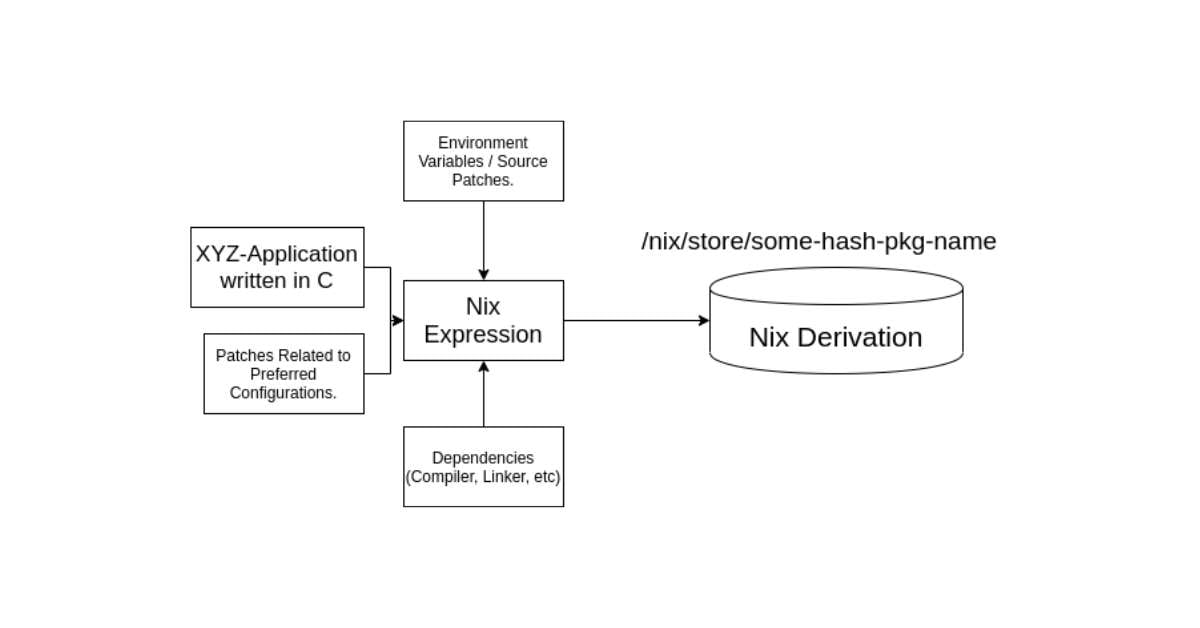The Transparent Web: Navigating Privacy in the Digital Age
In today’s interconnected world, the topic of privacy is more pressing than ever. Every click, every search, every interaction we have online leaves a digital footprint. As we engage in our daily activities, from ordering groceries to researching NixOS hacks, our data is constantly being collected, processed, and shared. Microsoft, one of the giants in the tech industry, has recently emphasized its commitment to user privacy. As an avid user of their services, I’m keenly aware of the interaction between convenience and privacy in our digital lives.
Understanding Data Utilization
Microsoft and its partners utilize cookies to optimize the user experience on their platforms. These cookies do more than just personalize ads; they serve as a mechanism to gather specific user data, active scanning of device features, and more, which ultimately enhances service delivery. It’s a dance between personalization and data privacy.
As tech consumers, we stand at a crossroads, unsure of how to balance our desire for tailored content with the potential risks that come with sharing our data. We’ve been conditioned to click “I agree” without fully comprehending the implications.
Understanding how your data is used
Microsoft allows users to manage their consent through mechanisms like the „Einstellungen verwalten“ link. This empowers users to decide which types of data they are comfortable sharing. I can’t help but wonder, though: how many of us take the time to customize these settings? Personally, I often find myself too busy to navigate through layers of options, even though I know it’s vital for my digital safety.
The Role of Cookies in Our Digital Experience
Cookies can be divided into several categories, each playing a unique role in our online experience. Essential cookies, for example, are necessary for fundamental website operations — without them, services like logging in or language preferences would become cumbersome.
On the other hand, advertising cookies build profiles of our interests, tailoring ads based on our online behavior. Relevant ads can enhance our browsing experience, but they also raise concerns about privacy and data security. For someone like me, who spends a great deal of time searching for software solutions, I often see ads that resonate with my recent queries, which proves useful but feels invasive.
Social Media and Its Impact
Moreover, social media cookies add another layer of complexity, allowing platforms to track user behavior across various sites. Have you ever felt like you’re being followed online? That’s not just your imagination — social media cookies can create detailed profiles based on your browsing habits.
It’s a stark reminder of how interconnected and tracked our online activities are. When I share a NixOS tip on Twitter, I’m not just sharing knowledge; I am also fueling the engines of data collection that shape what I see online. The realization made me rethink how often I engage with these platforms.
The tangled web of social media tracking
Confronting the Advertising Dilemma
Another significant factor to consider is the advertising aspect. Advertisers rely heavily on data to reach their target audience effectively. While this leads to more relevant ads, it also means we are being monitored more closely than we might prefer. After discovering that my browsing history could influence the ads I see for Nix-related products, I started to consider whether some ads were worth the potential exposure.
In the quest for a personalized experience, how much of our privacy are we willing to sacrifice? It’s a question that deserves thoughtful consideration. As I pop in and out of various sites, I strive to remain aware of how my data is being used, yet, often my curiosity outweighs my caution.
Conclusion: A Call for Awareness
In conclusion, striking a balance between personalization and privacy is a challenge we must all navigate. As companies like Microsoft strive to enhance user experience while promoting transparent data practices, it ultimately falls on us as consumers to engage with these tools thoughtfully.
By understanding how our data is treated, we can make informed decisions that align with our privacy preferences. I encourage all readers to take a moment to explore their privacy settings across different platforms. Being proactive is more than just a suggestion; it’s a necessity in our increasingly digital world.
For more insights on privacy policies, consider reviewing Microsoft’s Privacy Policy and stay informed about your digital footprint through further resources.
Taking these steps can dramatically alter how you experience the web. Let’s become informed users and protect our digital identities while enjoying the vast resources available to us.


 Photo by
Photo by 











